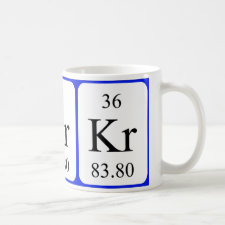
Authors: Yu X, Zeng HN, Wan JF, Cao XJ
Article Title: Computational design of a molecularly imprinted polymer compatible with an aqueous environment for solid phase extraction of chenodeoxycholic acid.
Publication date: 2020
Journal: Journal of Chromatography A
Volume: 1609
Article Number: 460490.
DOI: 10.1016/j.chroma.2019.460490
Alternative URL: https://www.sciencedirect.com/science/article/pii/S0021967319308763
Abstract: The main problem of poor water compatibility of molecularly imprinted polymers (MIPs) has been addressed in this study. A new facile and highly efficient approach was developed to obtain well-defined hydrophilic molecularly imprinted polymer microsphere with excellent specific recognition ability toward Chenodeoxycholic acid (CDCA) in crude bile. Particularly, it involved computational modeling to obtain a polymer network with high affinity for CDCA and addition of a hydrophilic crosslinker (polyethylene glycol (PEG) diacrylate~200) to increase the hydrophilicity of the polymer surface. To our knowledge, this study first report splitting method in molecular imprinting technology. By using the splitting method, simulation time can be saved under the premise of ensuring accuracy. The adsorption experiments revealed that an optimized CDCA-MIP exhibited better selectivity toward CDCA with inhibition of the nonspecific adsorption. The CDCA-MIP possessed adsorption capacity of 49.86 mg g-1 for CDCA and the imprinting factor was 2.72. Solid-phase extraction (SPE) using the prepared CDCA-MIP as adsorbent was optimized regarding loading and elution conditions, and it was used to extract CDCA from crude bile, resulting in recoveries in the range 94.2-96.1%
Template and target information: chenodeoxycholic acid, CDCA
Author keywords: Molecularly imprinted polymers, Chenodeoxycholic acid, Molecular simulation, water compatibility, solid phase extraction



Join the Society for Molecular Imprinting

New items RSS feed
Sign-up for e-mail updates:
Choose between receiving an occasional newsletter or more frequent e-mail alerts.
Click here to go to the sign-up page.
Is your name elemental or peptidic? Enter your name and find out by clicking either of the buttons below!
Other products you may like:
 MIPdatabase
MIPdatabase









